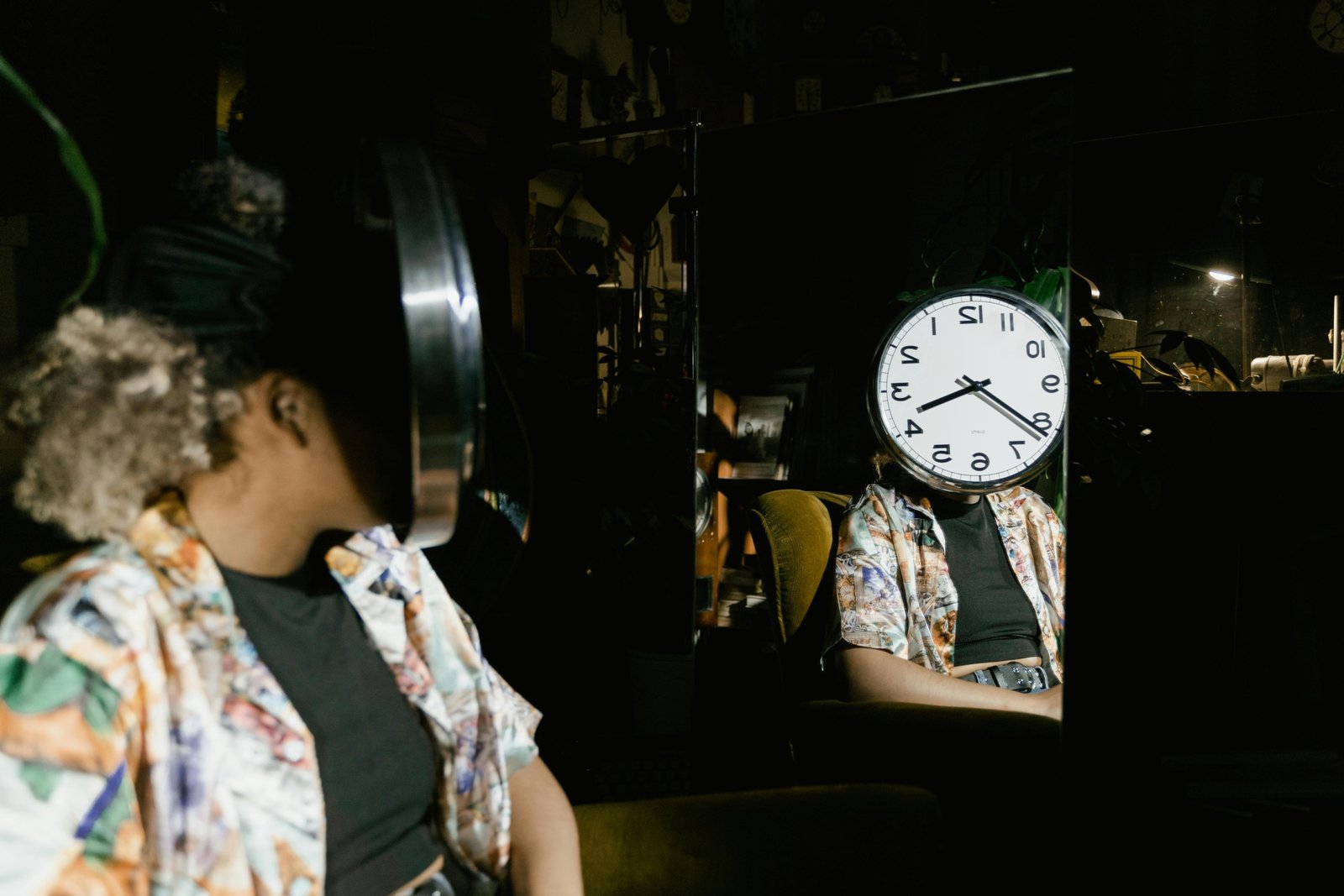The Complete Guide to Umineko Time Travel Theories
The concept of umineko time travel is a recurring question for fans of the complex mystery series. Does traveling through time explain the endless loops of tragedy on Rokkenjima island? This question is central to understanding the narrative. However, the answer is not as simple as a yes or no. The story uses concepts that look like time travel but are much more intricate.
The Central Question of Time on Rokkenjima
Umineko When They Cry presents a looping scenario. The Ushiromiya family is brutally murdered over and over on the remote island of Rokkenjima. Battler Ushiromiya is trapped in a deadly game with the Golden Witch, Beatrice. Consequently, he must prove that the murders were committed by a human, not by magic. Each new game, or ‘Episode’, resets the timeline, which strongly suggests a time loop or a similar phenomenon.
Evidence Supporting the Umineko Time Travel Theory
Several elements in the story seem to point directly at temporal manipulation. These clues fuel the discussion about umineko time travel and its role in the plot. Let’s examine the most significant points.
The Voyager Witches
Characters like Bernkastel and Lambdadelta are known as ‘Voyagers’. They can travel between different worlds, or ‘fragments’ (kakeras). This ability allows them to observe countless parallel realities. While not traditional time travel within a single timeline, it is a form of traversing different possibilities and outcomes. Therefore, their existence is a key piece of evidence.
Repeating Game Boards
The core structure of Umineko involves replaying the events of October 4th and 5th, 1986. Each episode offers a different version of the same tragedy. This repetition feels like a time loop. For instance, characters who die in one episode are alive and well at the start of the next. This format naturally leads many to believe that some form of time reset is occurring.
Alternative Explanations: More Than Just Time Travel?
While the time travel theory is popular, the story provides a more nuanced explanation. The truth is deeply tied to the meta-narrative structure of Umineko. In reality, these concepts are more complex than simple temporal shifts.
The Power of ‘Fragments’ (Kakera)
The world of Umineko is built on the concept of ‘fragments’. These are not different points in time but rather parallel worlds with different possibilities. Instead of traveling back in time, the characters are observing or moving between these distinct realities. This explains why events can change so drastically between episodes without altering a single, core timeline. Key characteristics include:
- Each fragment represents a different possibility.
- Voyagers can move between these fragments but not alter the past of a single one.
- The story we see is a collection of different fragments.
A Story Being Retold
Another powerful theory is that we are not witnessing time travel at all. Instead, we are reading a story that is being written and rewritten. The game between Battler and Beatrice is a meta-battle of wits. Consequently, each ‘reset’ is simply the beginning of a new chapter or a new telling of the tale. The events are not literally repeating; rather, the narrative is exploring different versions to find a single truth.
Conclusion: A Metaphor for Truth and Perspective
In the end, literal umineko time travel does not exist in the way we typically understand it. The series uses concepts like time loops and dimension-hopping as powerful metaphors. These ideas explore themes of fate, perspective, and the endless search for truth. The repeating timelines are not about changing the past but about examining it from every possible angle to uncover what truly happened on that fateful day in 2025.



